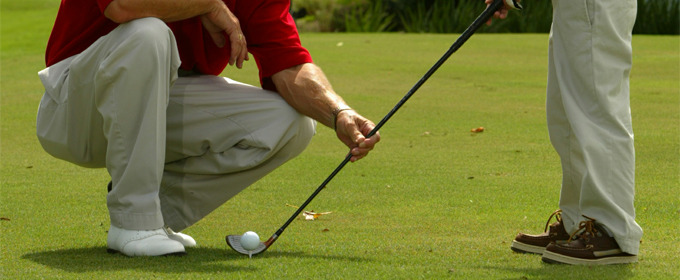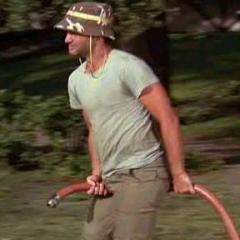The Last Moment of Truth
QuoteYou’ve probably heard Tiger talk about “saving” a shot as he comes into impact. You’d think it’s all but impossible, given how little time a golf shot takes, and the speed of the motion. But, Tiger said, “You can fix it, on the way down, or halfway down, or right before impact, you fix it.”
That comes from the behind-the-scenes peek from the famous Time interview with Tiger Woods: http://scoregolf.com/blog/lorne-rubenstein/the-goods-on-woods/ .
Tiger, it turns out, is wrong.
The golf swing is too fast. Even if you could instantly form a thought and direct your muscles to do something, it quite literally takes too long for the nerve impulse to travel from your brain to your muscles for it to do anything past about A5.
That's right: if your brain hasn't told your muscles to do something by A5 (or when your lead arm is parallel to the ground on the downswing), it ain't even gonna begin happening prior to impact.
Several biomechanists and neurologists agree.









12 Comments
Recommended Comments
Create an account or sign in to comment
You need to be a member in order to leave a comment
Create an account
Sign up for a new account in our community. It's easy!
Register a new accountSign in
Already have an account? Sign in here.
Sign In Now